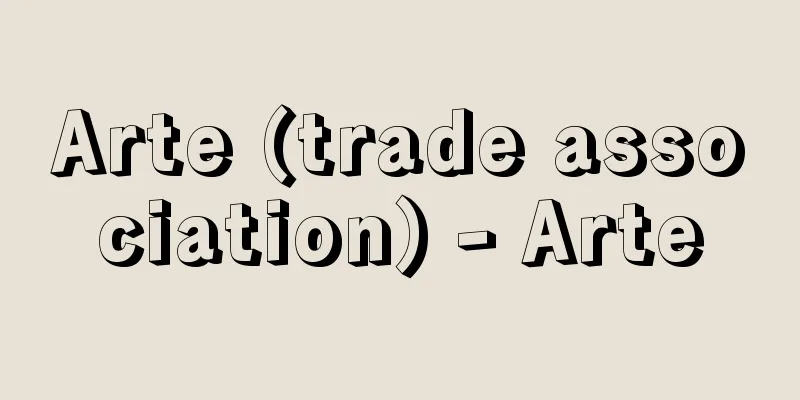Hirafuku Hyakusui

|
Japanese painter. Born in Kakunodate, Akita Prefecture (present-day Senboku City) as the fourth son of Shijo school painter Hirafuku Suian. His real name was Teizo. He first studied painting under his father, but his father died when he was 13 years old. In 1894 (Meiji 27), he moved to Tokyo and entered Kawabata Gyokusho's school, and in 1897 he transferred to the Japanese painting department of the Tokyo School of Fine Arts, graduating in two years. "Bride in the Countryside" was his graduation project. He became friends with Yuki Somei at Kawabata's school, and in 1900 (Meiji 33), he and six other comrades formed the Musei Society, advocating naturalism. From 1903 to the following year, he studied drawing at his alma mater's Western painting department. He exhibited works that realistically capture everyday scenes at Musei Society exhibitions. Around this time, he met Ito Sachio, Nagatsuka Takashi, Saito Mokichi, Oka Fumoto and others, and began composing tanka poetry. He also drew cover illustrations for the magazine Araragi. In 1907, he joined the Kokumin Shimbunsha. One of his colleagues was Kawabata Ryushi. The following year, on the recommendation of Ishii Hakutei, he became a member of the editorial staff of the magazine Hosun. In 1909, he exhibited Ainu at the 3rd Bunten exhibition, and thereafter was mainly active in the Bunten and Teiten exhibitions. In 1913 (Taisho 5), he formed the Kinreisha with Somei, Kaburaki Kiyokata, Kikkawa Reika, and Matsuoka Eikyu. The following year, at the 11th Bunten exhibition, his work Yojo was selected for the special prize. He showed a shift from naturalism to a decorative composition in the style of the Rinpa school, but in his later years he added techniques from the Nanga school to achieve a clear and pure style of painting. In 1930 (Showa 5), he traveled to Europe. That same year, he was made a member of the Imperial Academy of Fine Arts, and from 1932 he served as a professor at the Tokyo School of Fine Arts. Other notable works include "Turkey," "Ariso," "Katata no Ikkyu," and "Komatsuyama." He also has a collection of tanka poems called "Kantake." [Minoru Harada] "Contemporary Japanese Art 2: Hirafuku Hyakuho and Others" (1975, Shueisha) by Genda Heihachiro and others ; "Hirafuku Hyakuho Sketch Collection" (1982, Akita Sakigake Shimbunsha) edited by Hirafuku Ichiro Source: Shogakukan Encyclopedia Nipponica About Encyclopedia Nipponica Information | Legend |
|
日本画家。四条派の画家平福穂庵(すいあん)の四男として秋田県角館(かくのだて)(現仙北市)に生まれる。本名貞蔵。初め父について絵を習うが13歳で死別。1894年(明治27)上京して川端玉章(ぎょくしょう)の塾に入り、97年東京美術学校日本画科に編入学し、2年で卒業した。『田舎(いなか)の嫁入』は卒業制作。川端塾で結城素明(ゆうきそめい)と親しくなり、1900年(明治33)素明ら6人の同志と自然主義を唱えて无声(むせい)会を結成した。03年から翌年にかけて母校の西洋画科に通いデッサンを学んでいる。日常の情景を写実的にとらえた作品を无声会の展覧会に出品。このころ伊藤左千夫(さちお)、長塚節(たかし)、斎藤茂吉、岡麓(ふもと)らと知り合って短歌を始め、雑誌『アララギ』の表紙絵も描いた。 1907年国民新聞社に入社。同僚に川端龍子(りゅうし)がいた。翌年石井柏亭(はくてい)の勧めで雑誌『方寸(ほうすん)』の編集同人になる。09年の第3回文展に『アイヌ』を出品、以後主として文展、帝展で活躍した。16年(大正5)素明、鏑木清方(かぶらききよかた)、吉川霊華(きっかわれいか)、松岡映丘(えいきゅう)と金鈴(きんれい)社を結成。翌年第11回文展で『予譲(よじょう)』が特選になる。自然主義から琳派(りんぱ)風の装飾的な構成への転換を示すが、晩年は南画の手法を加えて清明な画風に到達した。30年(昭和5)にヨーロッパを旅行。この年帝国美術院会員にあげられ、32年から東京美術学校教授を務めた。ほかに『七面鳥』『荒磯(ありそ)』『堅田(かたた)の一休(いっきゅう)』『小松山』などが代表作。歌集『寒竹』がある。 [原田 実] 『弦田平八郎他文『現代日本の美術2 平福百穂他』(1975・集英社)』▽『平福一郎監修『平福百穂素描集』(1982・秋田魁新報社)』 出典 小学館 日本大百科全書(ニッポニカ)日本大百科全書(ニッポニカ)について 情報 | 凡例 |
<<: Villafranca fauna - Villafranca fauna
>>: Khilafat Movement - Khilafat Movement
Recommend
Aman, T. (English spelling) AmanT
...After 1860, art schools and art galleries were...
Kanba Falls
...There is a public bath carved into the natural...
Leopold Ritter von Sacher-Masoch
1836‐95 Austrian novelist. Born in Lemberg, Galici...
Convexing mixing
…[Kazuo Yamamoto]. … *Some terminology explanatio...
Hercule [I] - Hercule
…In 1167, the city joined the Lombard League agai...
Hypogonadism - Hypogonadism
[What kind of disease is it?] This is a disease in...
Goce Delčev
1872‐1903 A Yugoslav revolutionary. Macedonian. Af...
Casemosa (Casemeria verrucosa) - Casemosa (English spelling)
A worm-shaped mollusc of the family Corallidae in ...
Net tonnage (English)
...Gross tonnage is used as the basis for tariffs...
Counter-Reformation (English spelling)
The term refers to the Reformation from the Catho...
Shunman Kubo
Year of death: 20th September 1820 (26th October 1...
overall position
...The requester mails it to the recipient, who p...
Workers' Asset Formation System
A system that provides tax and other assistance to...
Chronicles of Emperor Daigo
Also called "Engi Goki." Diary of Empero...
Gas nitriding method
...A surface hardening method that hardens only t...







![Awa [village] - Aba](/upload/images/67cad708e2426.webp)

